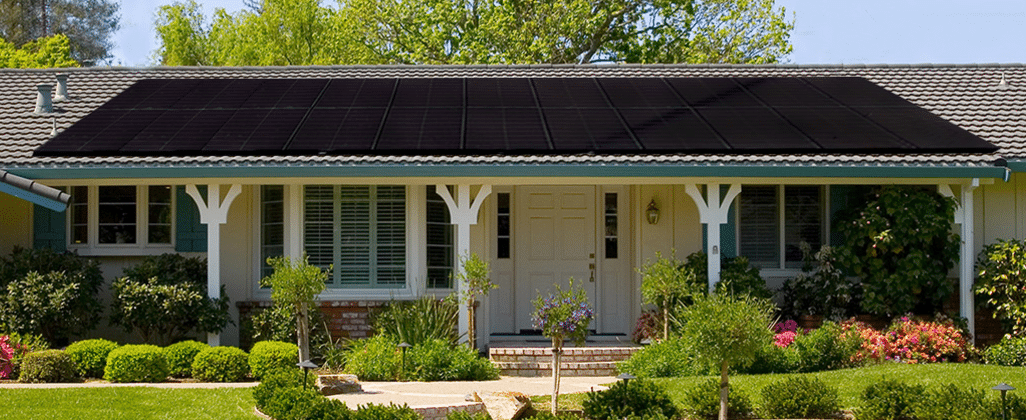It’s been a tough year for U.S. panel manufacturers. One has declared bankruptcy. One has told its workers that it might close its factory in the near future. Between brutal international competition and plummeting module prices, it’s hard to make a profit on the module side of the business these days.
Which is why it’s noteworthy when a U.S. module company – in this case Solaria – not only doesn’t close its doors but expands its manufacturing facility. Yesterday, the California-based company announced it would expand its solar cell and module manufacturing lines by December to produce more than 40 MW in modules per year.
“We’re proud to be accelerating production of this advanced technology developed in Silicon Valley through new investments in plant equipment, technology and staffing,” said Solaria CEO Suvi Sharma. “We’re very proud to be harnessing Silicon Valley ingenuity and innovation to accelerate the expansion of the U.S.’s clean energy economy – by deploying smart solutions to address environmental challenges and confront climate change.”
Solaria produces the Power XT modules, which the company says produces 20% more energy yield than its competitors because it cuts cells into strips and tiles them without soldering to eliminate the dead space on a traditional panel. It also says the modules improve payback times, keeping installers’ profits higher than average while satisfying end-users desire to produce their own energy at high levels.
Yesterday’s announcement continues a busy news year for Solaria.
Earlier this year, Solaria expanded its distribution network to include Southern California, Hawaii and Massachusetts and expanded its building-integrated PV (BIPV) business through a partnership with CleanFund Commercial PACE Capital. The partners have created a fund focused on increasing commercial projects’ access to capital through the Commercial Property Assessed Clean Energy (C-PACE) program, which allows businesses to pay off their solar arrays through property taxes, usually requiring no money down.
It has also filed a lawsuit against Jiangsu Seraphim Solar System Company, Seraphim Solar USA Manufacturing and Suzhou Autoway System Company, alleging that they profited from stolen, proprietary designs for the Power XT modules by creating less expensive module knockoffs to undermine Solaria’s business.
This content is protected by copyright and may not be reused. If you want to cooperate with us and would like to reuse some of our content, please contact: editors@pv-magazine.com.








By submitting this form you agree to pv magazine using your data for the purposes of publishing your comment.
Your personal data will only be disclosed or otherwise transmitted to third parties for the purposes of spam filtering or if this is necessary for technical maintenance of the website. Any other transfer to third parties will not take place unless this is justified on the basis of applicable data protection regulations or if pv magazine is legally obliged to do so.
You may revoke this consent at any time with effect for the future, in which case your personal data will be deleted immediately. Otherwise, your data will be deleted if pv magazine has processed your request or the purpose of data storage is fulfilled.
Further information on data privacy can be found in our Data Protection Policy.